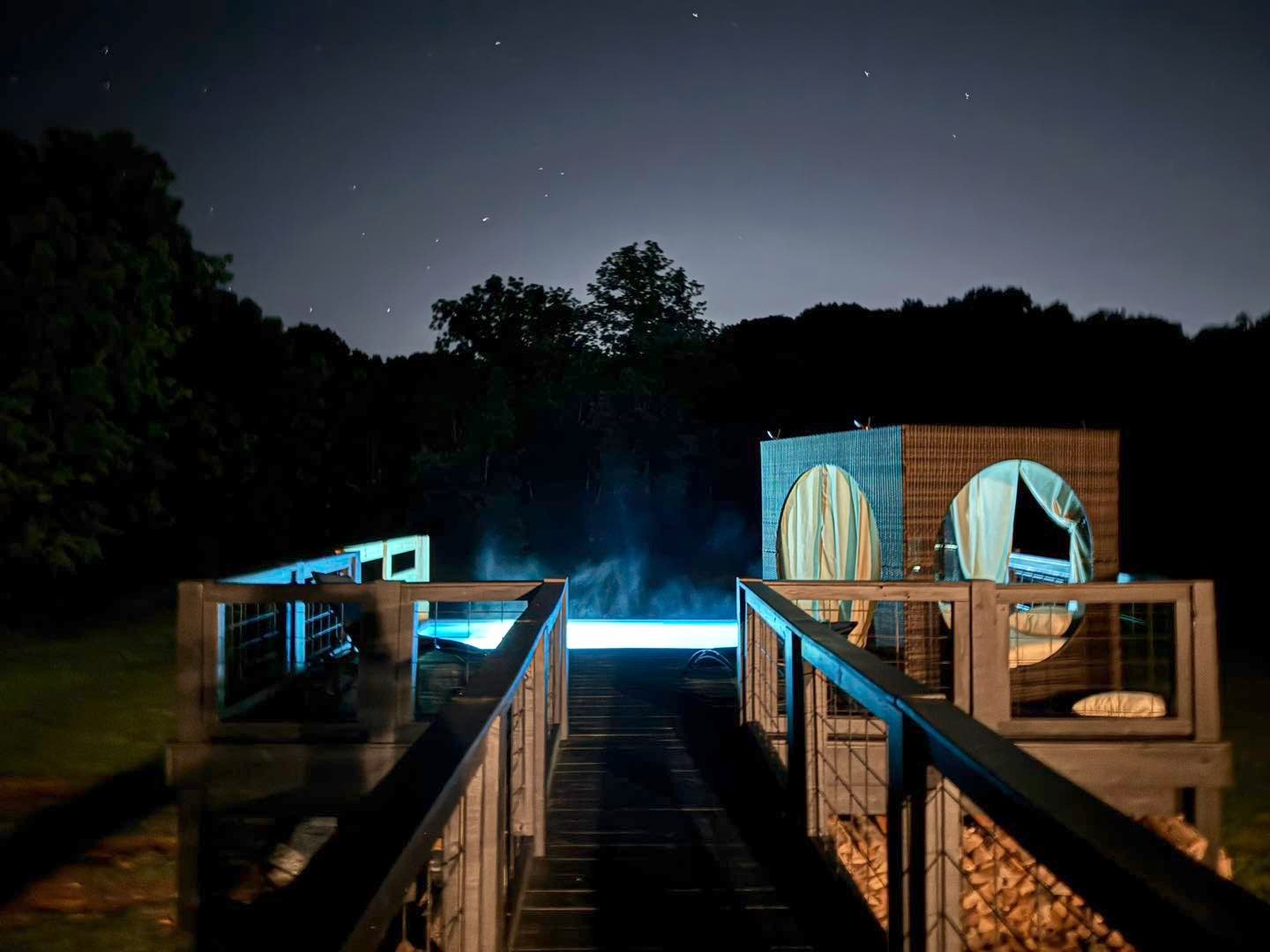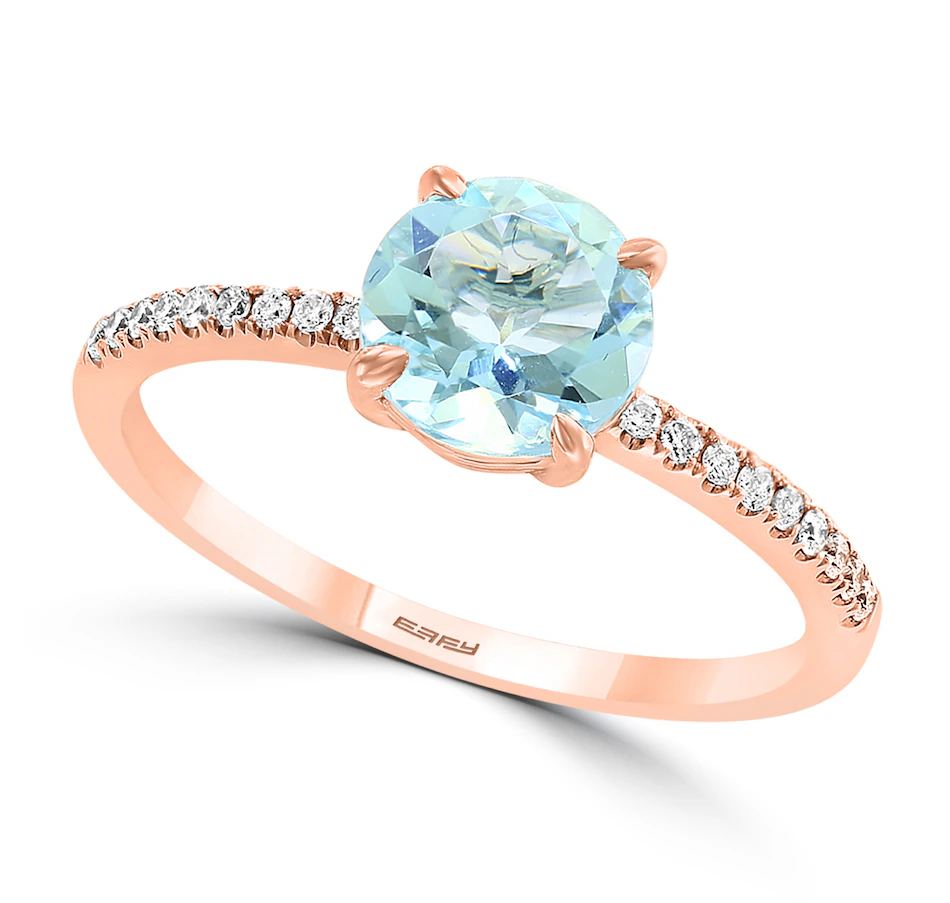In the digital age, where remote work, virtual classrooms, and online events have become the new normal, Zoom backgrounds have emerged as a surprising yet powerful form of self-expression. What started as a simple feature to hide messy rooms has evolved into a cultural and professional statement. Whether you’re dialing into a corporate meeting, attending an online class, or joining a virtual happy hour, your background says as much about you as your words do.
The Rise of the Virtual Background
When the COVID-19 pandemic swept the world in early 2020, millions of people were forced to work, learn, and socialize from home. Zoom, a video conferencing platform that was already gaining traction, suddenly became a household name. However, the shift to video calls revealed something unexpected: people’s private spaces.

Early on, users appeared in front of cluttered kitchens, laundry piles, or children’s playrooms. Others worried about privacy — not wanting colleagues or clients to see their homes. That’s when Zoom’s virtual background feature, originally designed for fun, became a lifeline. With a few clicks, users could replace their environment with a professional office, a serene beach, or even a galaxy far, far away.
The feature wasn’t merely functional; it was creative. It gave people a way to control how they were perceived in a world where personal and professional lives had suddenly collided.
The Psychology of Background Choices
The backgrounds people choose often reveal subtle insights about their personalities and circumstances. A plain white wall or neutral office setting might signal professionalism and focus. A background featuring a bookshelf could imply intelligence or authority — a trend that became so common it sparked the phrase “credibility bookshelf.” Meanwhile, tropical beaches and scenic mountains reflected escapism, offering a sense of calm in uncertain times.
Interestingly, researchers have found that visual environments affect not only how others perceive us but also how we feel. A study from Stanford University’s Virtual Human Interaction Lab found that people using calming or aesthetically pleasing virtual environments reported lower stress and higher engagement during meetings. That’s why companies began encouraging employees to use branded or cohesive backgrounds — not just for privacy, but to maintain a sense of belonging.
Professionalism in the Digital Era
In a professional setting, first impressions still matter — even through a webcam. Virtual backgrounds help maintain that professionalism. Many organizations now provide branded templates with company logos, consistent color palettes, and subtle patterns to project a unified corporate identity. These backgrounds also reduce visual distractions and ensure that everyone appears equally polished, regardless of their home environment.
However, there’s an art to using them effectively. Poorly chosen or poorly lit virtual backgrounds can appear glitchy or artificial, especially without proper lighting or a green screen. The key is balance: select a background that’s clean, simple, and complementary to your personal presentation. Overly busy or humorous backdrops can distract from your message — unless, of course, humor is part of the intent.
Zoom Backgrounds as Creative Expression
While professionalism drives many choices, creativity thrives in the world of virtual backdrops. For artists, educators, and social media personalities, backgrounds have become storytelling tools. Some design custom graphics or thematic scenes to match their content — from outer space for science teachers to medieval castles for role-playing gamers.
Even businesses use creative backgrounds for branding and marketing. Event organizers design digital “photo booth” experiences with branded frames, while influencers use consistent visual themes to enhance recognition. During virtual conferences, panelists often appear with cohesive event branding, blending professionalism and creativity in equal measure.
There’s also a humorous side. Internet culture quickly embraced absurd backgrounds — like sitting in “The Office” conference room, floating in space, or appearing on a tropical island. These choices became icebreakers, helping ease the stiffness of online interactions. In a sense, they humanized technology, reminding participants that behind every screen was a real person finding ways to connect and laugh.
The Technical Side of the Perfect Background
Creating a great Zoom background involves more than downloading a pretty picture. Technical aspects matter. High-resolution images (at least 1920×1080 pixels) prevent pixelation, while balanced lighting reduces the dreaded “halo” effect where parts of your body blend into the image. Using a solid-colored backdrop or a green screen improves clarity and realism.
Lighting plays an equally vital role. A front-facing light source, such as a ring light or a window, ensures your face is well-lit and distinct from the background. Additionally, adjusting Zoom’s “touch up my appearance” and “adjust for low light” features can subtly enhance your visual presence.
For those seeking motion, video backgrounds add a dynamic touch. Subtle animations like a softly waving curtain or drifting clouds can bring warmth and depth to the screen. However, moderation is essential; too much motion can be distracting and may slow your device’s performance.
The Future of Virtual Environments
As technology evolves, so will virtual backgrounds. We’re already seeing the integration of augmented reality (AR) and artificial intelligence (AI) in video conferencing platforms. Future tools might automatically adjust your environment to match your meeting’s tone — replacing your background with a boardroom for a client call or a cozy study for a casual chat.
Companies like Zoom and Microsoft are experimenting with immersive meeting modes, where participants appear seated in a shared virtual space rather than in individual boxes. These innovations aim to recreate the feeling of being in the same room, bridging the psychological gap between physical and digital interaction.
Meanwhile, 3D and AI-generated environments may soon allow for personalized, dynamic spaces that reflect your mood, project, or brand — transforming backgrounds from mere visuals into interactive experiences.
Cultural Impact and Etiquette
Zoom backgrounds have also sparked new forms of social etiquette. For example, using an inappropriate or offensive image can be seen as unprofessional or disrespectful. Many companies now include virtual meeting guidelines, covering everything from attire to background selection. The line between creativity and decorum depends on context — what’s fun in a team hangout might not suit a board meeting.
On a broader scale, virtual backgrounds have become cultural artifacts of the pandemic era. They represent adaptability, creativity, and the human desire for control in uncertain times. In a way, they encapsulate how people used technology not just to communicate, but to curate their identities.
Conclusion: Beyond the Screen
Zoom backgrounds are far more than digital wallpaper. They’re tools for communication, privacy, professionalism, and creativity. They allow us to express personality, build brand identity, and shape perception in an increasingly virtual world. As remote work and online collaboration continue to evolve, so too will the role of the virtual environment — blending the real and digital into seamless, meaningful interaction.
In the end, a Zoom background isn’t just what’s behind you — it’s a reflection of who you are and how you choose to be seen. Whether it’s a polished office, a beach sunset, or a galaxy far away, every background tells a story. The challenge — and opportunity — lies in choosing the one that speaks for you.




Leave a Reply